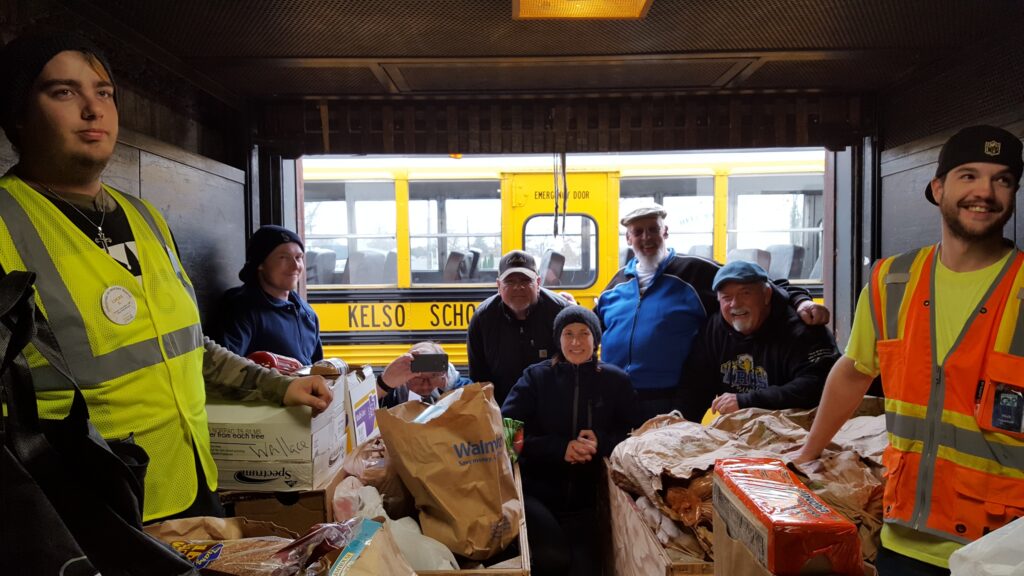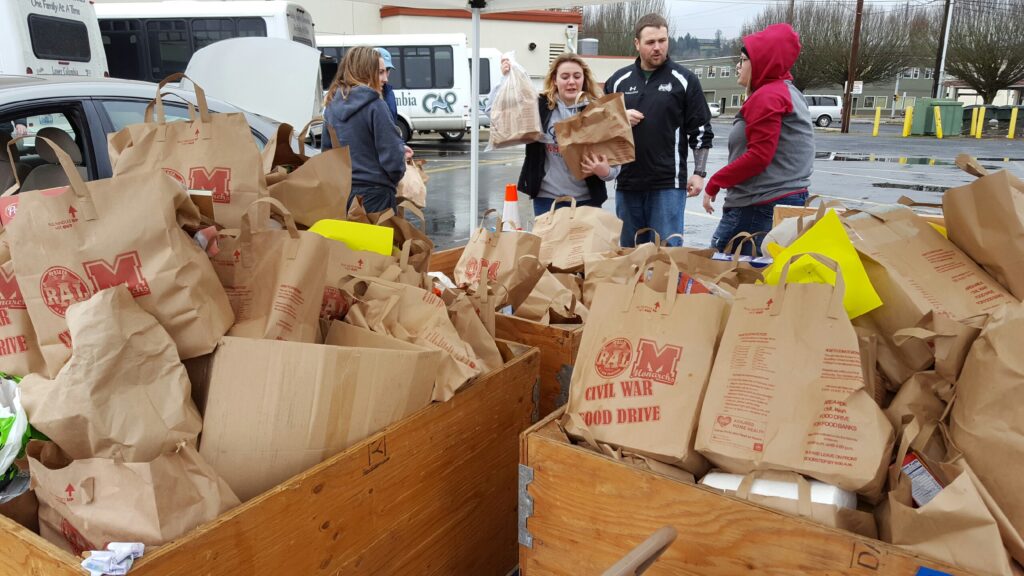Anna Leslie likes to work with the hard cases that everyone else has given up on.
She is heading up an innovative, new CAP program that aims to help the chronically homeless while reducing costs to the community.
“I’m a realist, and I know that not all the chronically homeless are going to conform to a ‘normal life’,” says Anna. “But what we have been doing is not working, and there are more effective ways of helping them.”
What’s not working is the way chronically homeless people drift in and out of the community’s high cost crisis care systems—hospital emergency rooms, psychiatric units, detox, rehab, shelters, and jails.
The alternative is a national model that has been proven effective in stabilizing the homeless person by first providing housing, then working with him on whatever issues are contributing to his homelessness—addiction, mental health issues, felony backgrounds, etc.
Experience around the country has demonstrated that it costs communities less to get high-needs homeless individuals into supportive housing and help them become self-sufficient than if these individuals remain on the streets and repeatedly show up in the crisis care systems.
CAP is currently building a house on 33rd Avenue in Longview where six chronically homeless men will be provided “Permanent Supportive Housing.”
Based on a Minnesota study of a similar program, six participants were costing taxpayers about $95,000 in services in one year before they were given supportive housing, and then $16,000 after housing was provided. This is a substantial savings of taxpayers’ dollars.
“I have one man who last year racked up $75,000 in services just by himself,” said Anna. “Realistically, it’s cheaper to house him.”
She will be providing intensive case management services to the residents to help them become stable, maintain their housing, and reduce or eliminate their use of the costly care systems.
“This approach is both better for the individuals’ stability and dignity, and better for the community,” says Anna. “It gives hope to all of us.”





